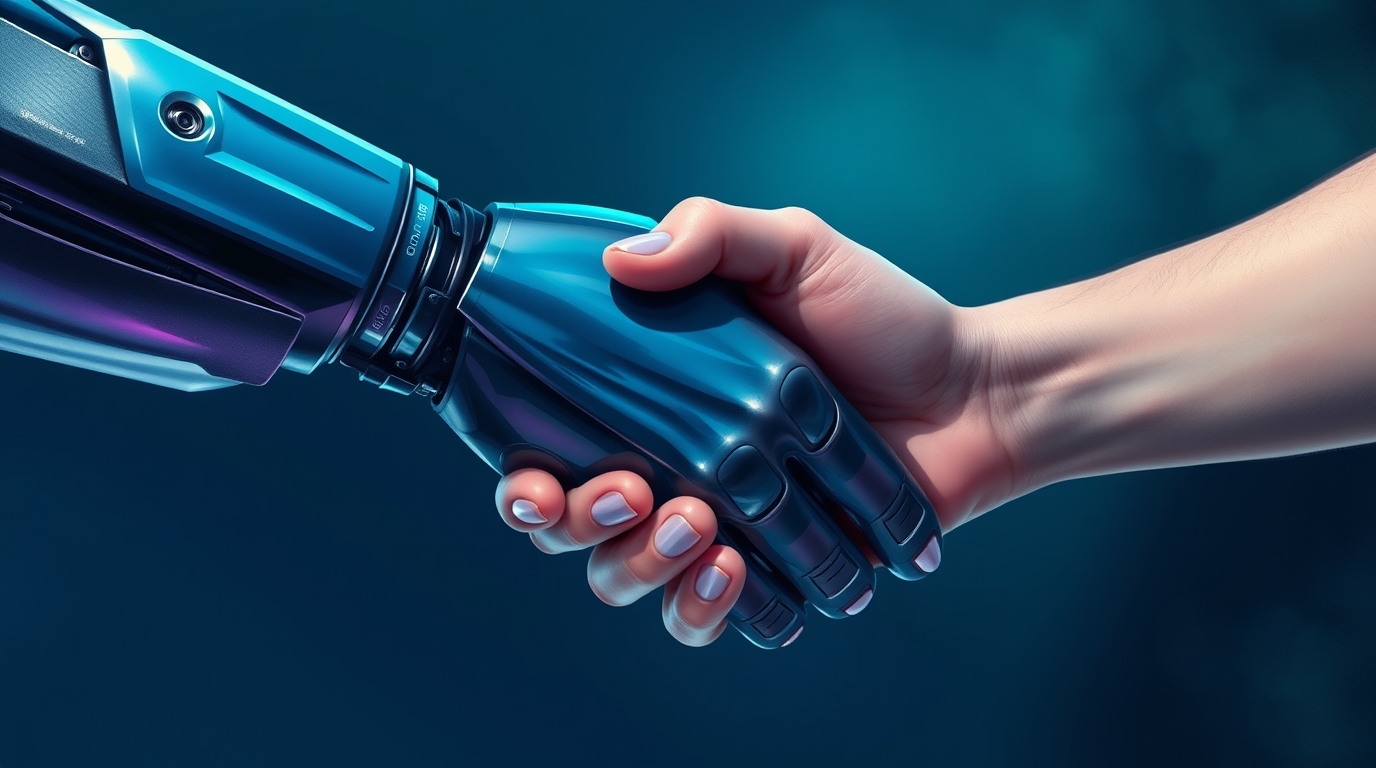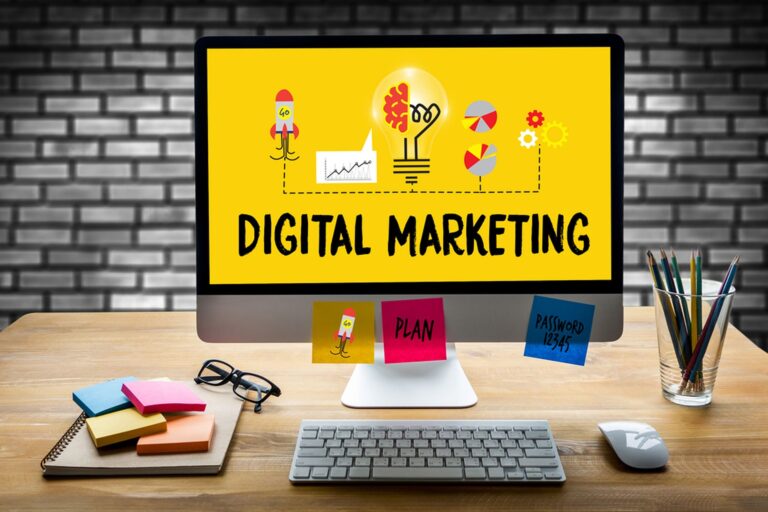Tech Integration Without Losing the Human Touch: Balancing Innovation with Humanity
In an era defined by rapid advancements in artificial intelligence, machine learning, and automation, businesses face a unique challenge. How do you embrace the cutting edge of technology while preserving the invaluable qualities of human intuition, creativity, and empathy? In this article, we will explore how companies can harness disruptive technologies as powerful enablers—without sacrificing the human touch that drives genuine connection and purpose.
The Dual Imperative: Embracing Innovation and Preserving Humanity
Modern business is increasingly data-driven and automated, yet there is an undeniable need for the human qualities that set companies apart from mere machines. On one side, technology offers enhanced efficiency, streamlined workflows, and insights derived from vast amounts of data. On the other, human judgment, creativity, and emotional intelligence remain irreplaceable assets. Integrating technology without losing the human touch means designing systems that empower employees while ensuring that innovation is guided by ethical values and genuine human insight.
The Promise and Perils of Automation
Advanced tech tools—from AI-powered chatbots to automated data analytics—excel at handling repetitive tasks, reducing costs, and enabling rapid decision-making. However, complete reliance on automation can sometimes lead to a loss of nuance, a diminished creative spark, or even a disconnect from customer needs. Business leaders are now challenged to strike a balance: using technology as a catalyst for growth while ensuring that human oversight and empathetic engagement remain at the forefront of every interaction.
Re-Skilling and Empowering the Workforce
As automation reshapes industries, businesses must re-skill their teams to work alongside new technologies. This involves more than technical training; it requires cultivating soft skills such as critical thinking, creativity, and empathy. Implementing comprehensive re-skilling programs can help employees understand and control emerging tools rather than being replaced by them. By turning technology into a collaborator, not a substitute, companies create a work culture that celebrates human potential and innovation.
Strategies for a Human-Centric Technology Integration
1. Define Technology as a Supportive Tool
Recognize that technology should serve as an enabler. AI and automation can generate insights, handle data, and automate routine tasks, but crucial decisions—especially those impacting customer experience—must remain human-led. Set clear guidelines that position tech as a strategic partner rather than a replacement for human roles.
2. Develop Ethical Frameworks
As tech becomes more integrated, establishing ethical standards is critical. Companies should create policies that ensure transparency, accountability, and respect for human values. This helps navigate the ethical implications of automation and reassures stakeholders that technology will not override core human principles.
3. Foster a Culture of Collaboration
Emphasize cross-functional teamwork where technology experts, creative professionals, and business strategists work together. Encouraging collaboration stimulates innovation and fosters an environment where tech is used to complement human ingenuity. Regular workshops, brainstorming sessions, and knowledge-sharing events can break down silos and integrate diverse perspectives.
4. Invest in Continuous Learning
Technology evolves at breakneck speed, and so should your team’s skills. Regular training programs, digital literacy courses, and soft skills workshops ensure that employees can adapt and thrive. Continuous learning not only helps in keeping up with tech trends but also reinforces the importance of human creativity and strategic thinking.
5. Maintain Customer-Centric Engagement
Ultimately, technology should elevate the customer experience. Incorporate feedback loops that allow customers to share their perspectives, ensuring that technological enhancements resonate with genuine human needs. Personalized service and empathetic communication remain the benchmarks of a successful, human-centric business.
Real-World Examples of Successful Integration
Consider companies that have seamlessly blended technology and humanity:
- Retail Innovations: Many global retailers use AI to optimize inventory and personalize shopping experiences. However, they back these technologies with customer service that emphasizes empathy and personal engagement.
- Financial Services: Banks employ sophisticated algorithms for fraud detection and risk management, yet the final approval and customer communication remain human-centered to build trust.
- Healthcare: Advanced diagnostics and patient data analytics work in tandem with compassionate care delivered by physicians and support staff, preserving the human connection essential for healing.
Tech integration without losing the human touch is not a zero-sum game—it’s about balance. By treating technology as an empowering tool that amplifies, rather than replaces, the human element, businesses can harness innovation to drive efficiency and growth. Invest in re-skilling, ethical practices, and a collaborative culture to ensure that while technology paves the way for progress, the human spirit remains at the heart of every decision.









